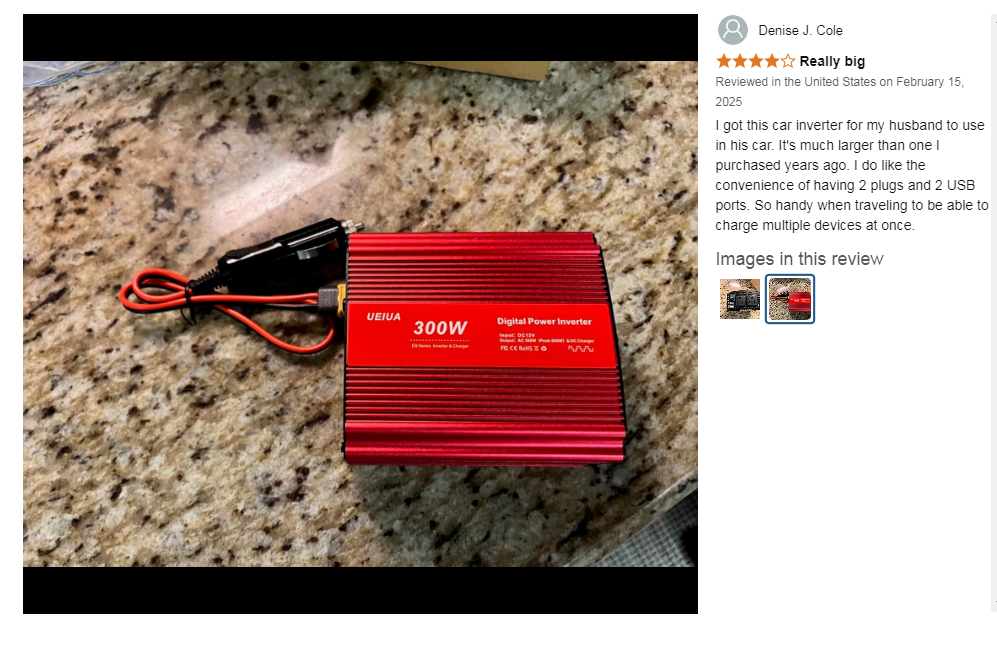1.The output waveform is different
Pure sine wave inverter generally adopt PWM inverting mode, and some even apply multi-step inverting mode. The structure is complex, but the output waveform is good for inductive load and capacitive load. Modified sine wave is a waveform between sine wave and square wave, and its output waveform has a time interval between the positive maximum point and the negative maximum point, but the waveform of quasi-sine wave is still composed of broken lines, belonging to the square wave, which is not suitable for inductive load and capacitive load.
2. There is a gap in efficiency
Pure sine wave is more stable, pure sine wave inverter is more efficient than modified wave inverter. Pure sine wave inverter has stable sine wave output and high frequency technology for all kinds of loads.
3. Different application scope
Pure Sine wave power inverter output is like power grid or even better than pure sine wave alternating current, because it has no grid electromagnetic pollution. So pure sine wave power inverter is suitable for inductive load, capacitive load and resistive load.
Modified wave inverter is suitable for resistive load, it can be applied to mobile phones, laptops, televisions, cameras, CD players, chargers, car refrigerators, game devices, DVD players, power tools.

Considerations for Choosing
- Device Compatibility:
- Pure Sine Wave: Ideal for sensitive electronics, medical devices, audio/video equipment, and any device with a motor or transformer.
- Modified Sine Wave: Suitable for basic appliances like lights, tools, and non-sensitive electronics.
- Budget:
- If cost is a major factor and you only need to power simple devices, a modified sine wave inverter might suffice.
- If you have sensitive electronics or want the best performance and efficiency, investing in a pure sine wave inverter is recommended.
- Power Requirements:
- For high-power applications or devices with motors, pure sine wave inverters are preferable due to their better performance and efficiency.
- For low-power applications or devices that don’t require clean power, a modified sine wave inverter can be adequate.
- Future Expansion:
- If you anticipate adding more sensitive electronics or expanding your system in the future, it might be worth investing in a pure sine wave inverter now to avoid future upgrades.
Conclusion
In summary, pure sine wave inverters offer superior performance, compatibility with a wider range of devices, and better efficiency, but come at a higher cost. Modified sine wave inverters are more affordable and suitable for simpler applications but may not be compatible with all devices and can lead to inefficiencies and potential issues with sensitive electronics. Evaluate your specific needs, the types of devices you plan to power, and your budget to make the best choice for your situation.



